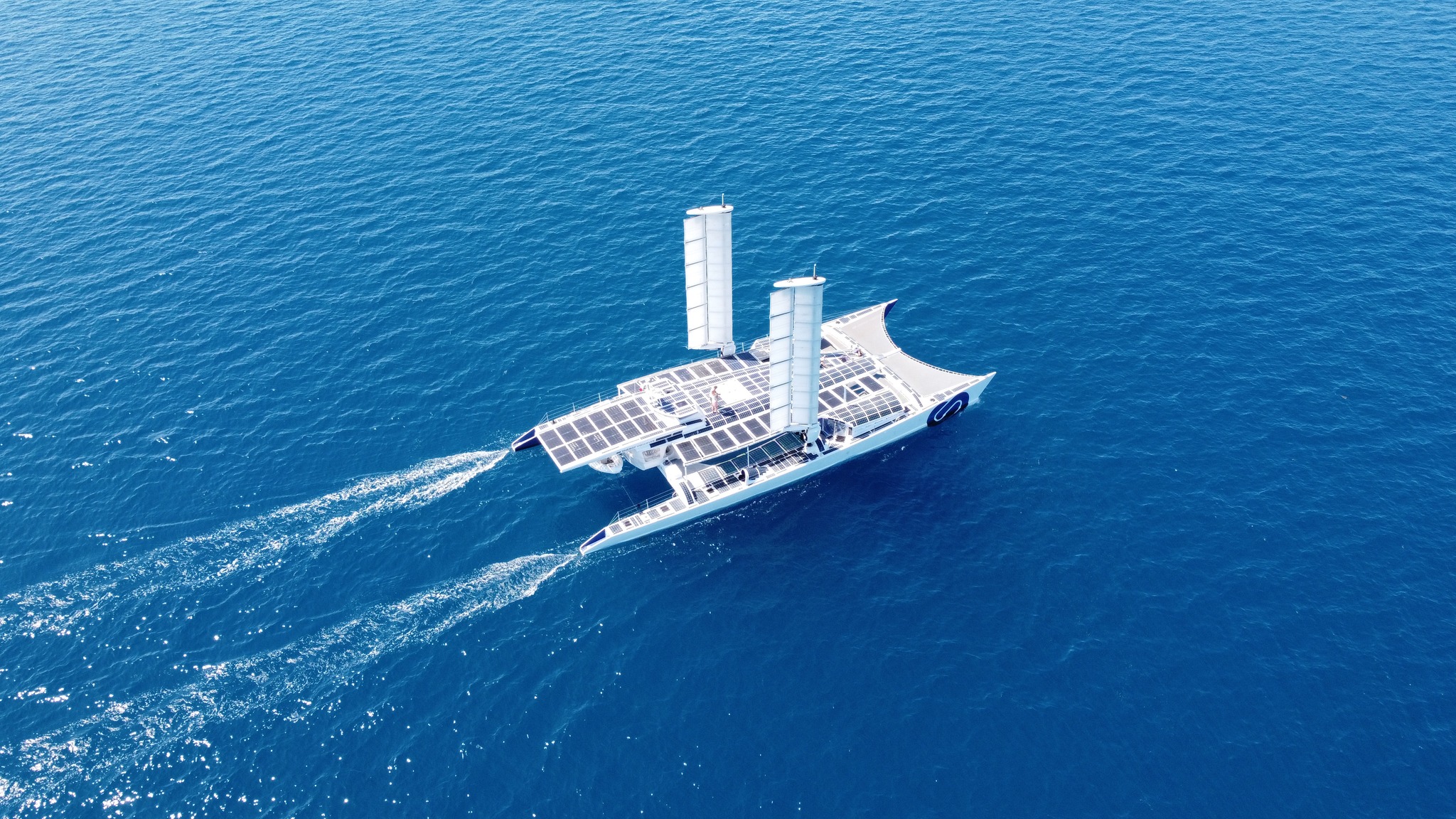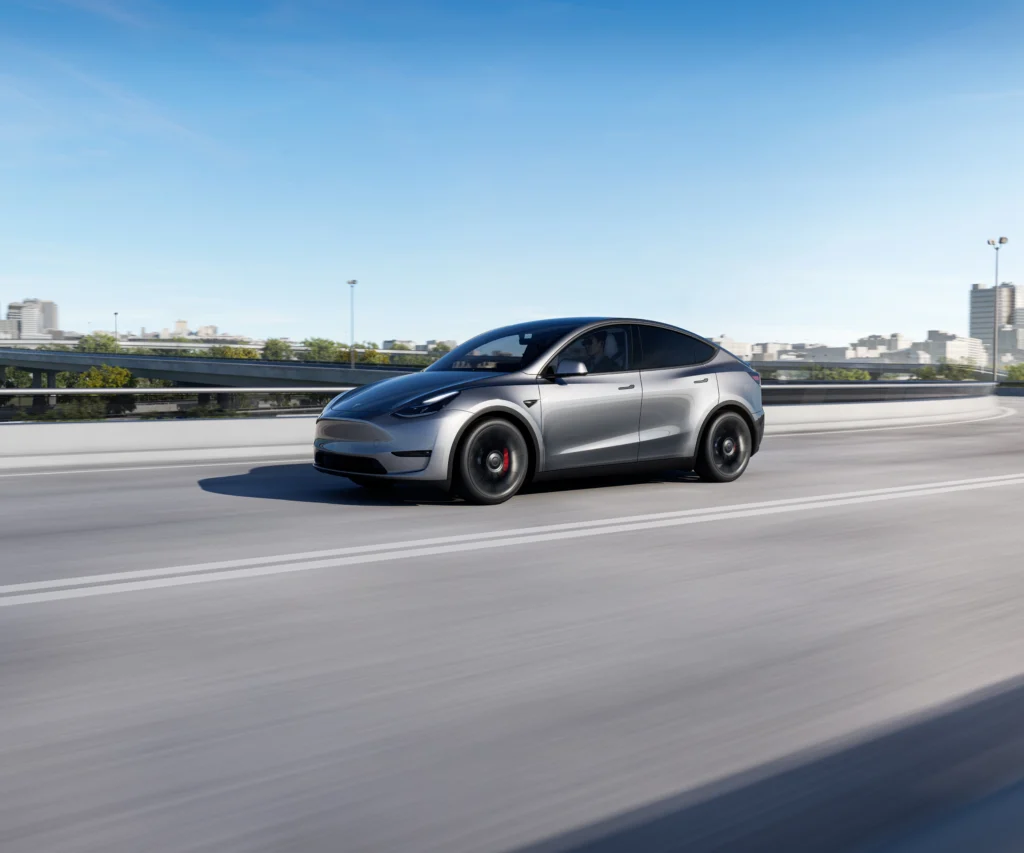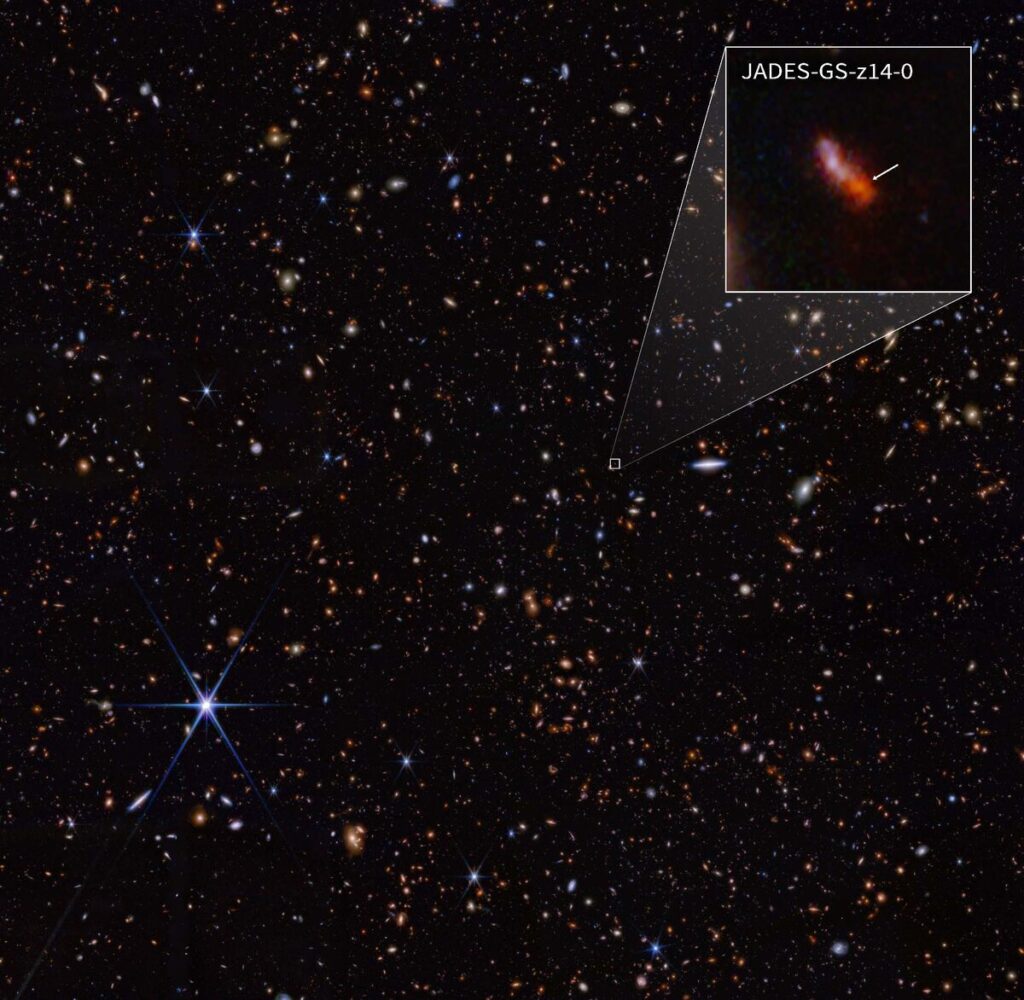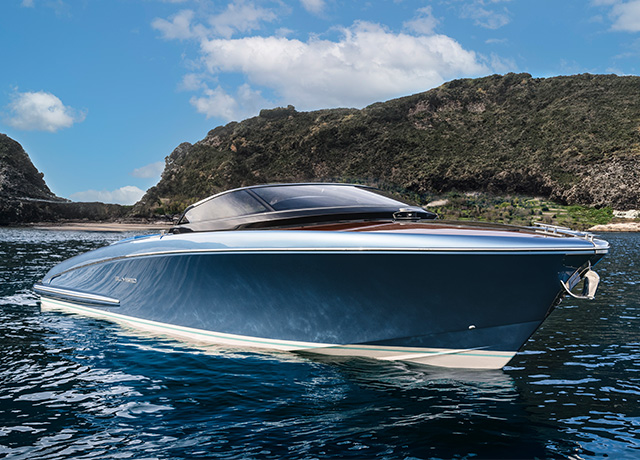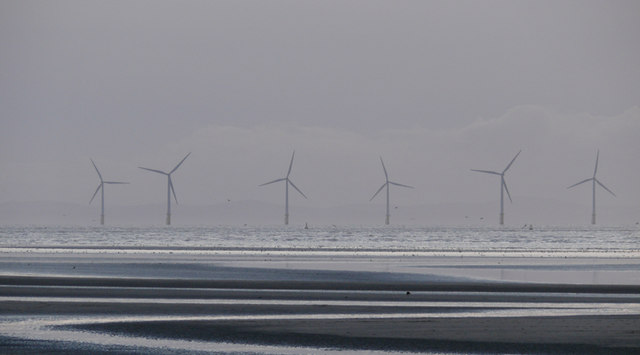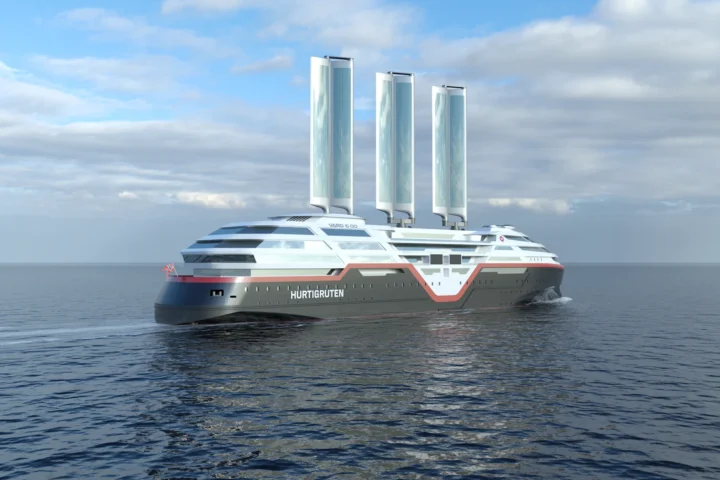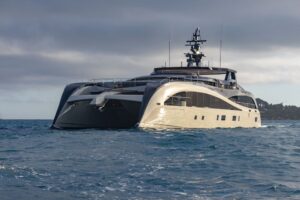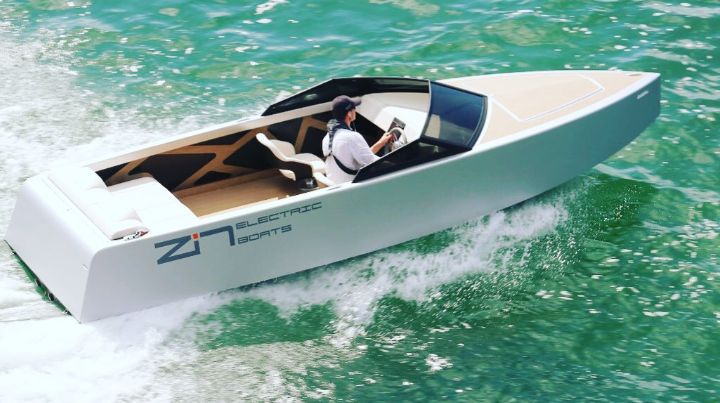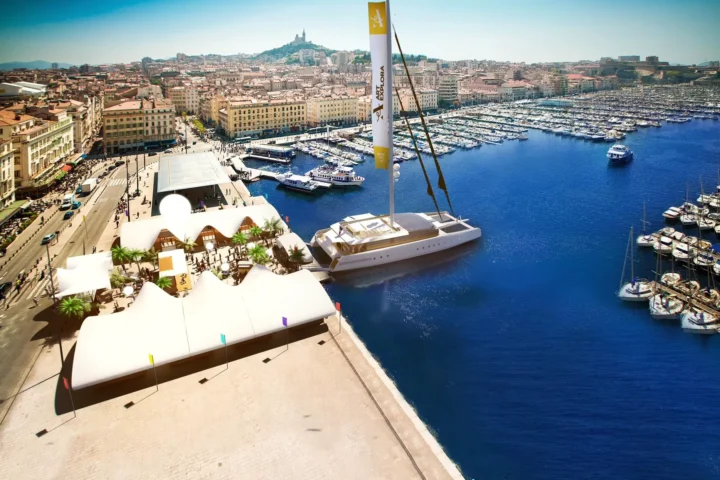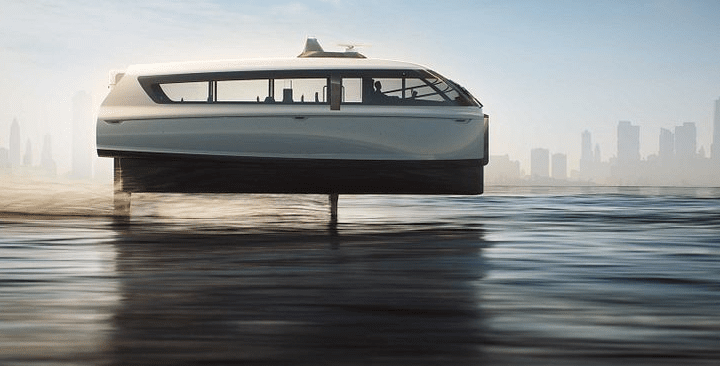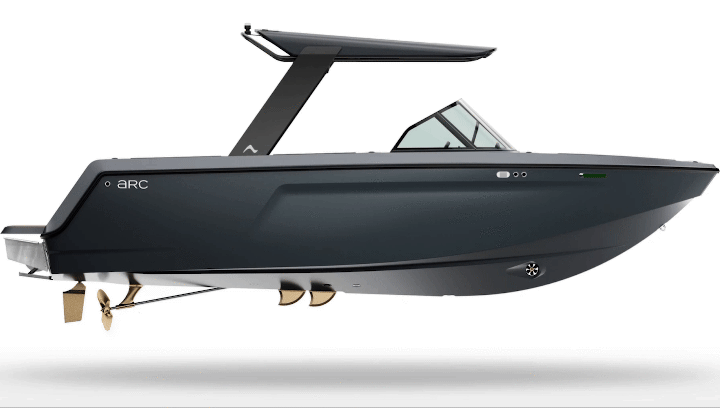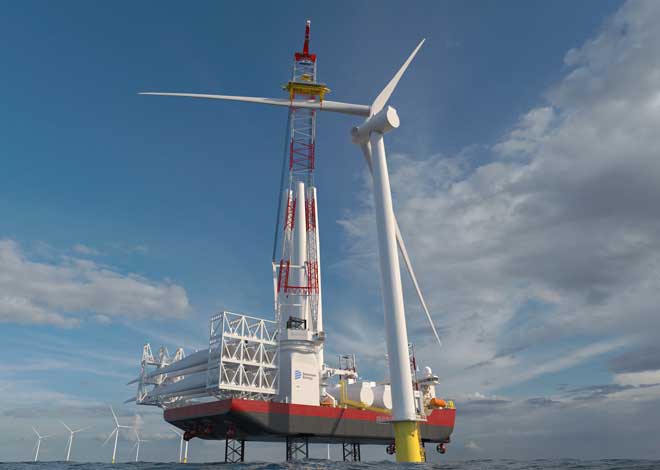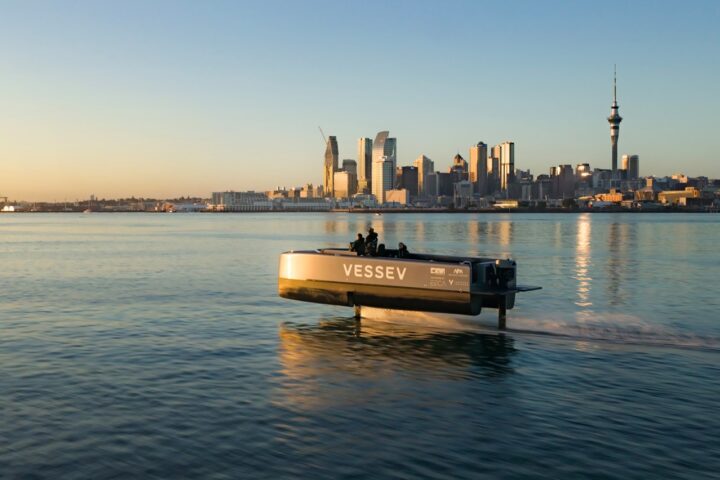In the new brave, ever-changing world, the humble boat too has got a new avatar. Recently, Boston’s Rowes Wharf saw a novel boat. The name of the boat is Energy Observer L. It has been traveling the globe for 7 years. It uses only renewable power to spread the word of sustainability on the sea. A demonstration project backed by a French hydrogen company, with a pointer in the emblem, the vessel is supported by many other tech companies in the renewable field.

From Solar Panels to Ocean Wings: Inside the Energy Observer L’s Decade-Long Quest for Zero Emissions Photo Credits: Energy Observer
Setting sail in 2017, the vessel has been at sea ever since. It’s coated in solar panels. That is the most striking thing about it. The vessel stretches 100 feet from bow. It is a catamaran-hulled boat. Onboard climate scientist Beatrice Cordiano said to GBH, “So, if you want to follow me, as you can see, one of the sources of energy that we use are the solar panels.” She added, “We have covered the entire boat with different technologies.”
Lithium batteries, which provide short-term storage for the power that drives the vessel’s electric motors, are charged up by those solar panels. According to Cordiano, the masterpiece of this boat is hydrogen. Hydrogen is produced on board. Seawater is sucked up. It is run through a system to stabilize it. A device called an electrolyzer is used to separate water into its two parts: hydrogen and oxygen. That hydrogen is stored in tanks on both the port and starboard sides of the boat. When needed, it can be run through a fuel cell to be turned back into electricity.
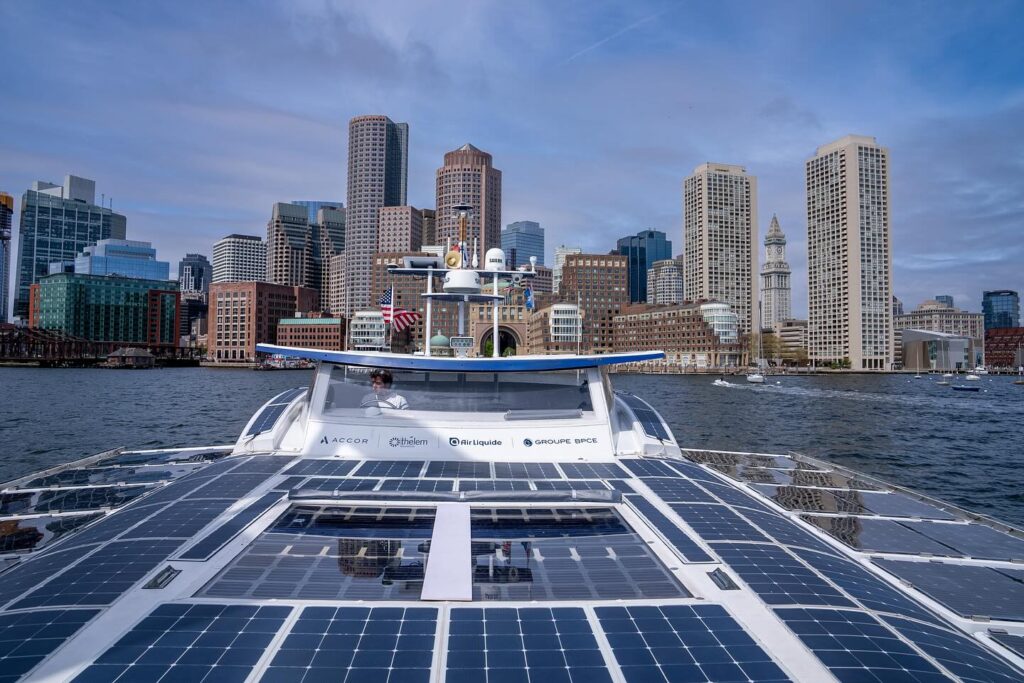
From Solar Panels to Ocean Wings: Inside the Energy Observer L’s Decade-Long Quest for Zero Emissions Photo Credits: Energy Observer
Energy Observer’s onboard reporter is Melanie de Groot. Groot told GBH, “The maritime industry is very polluting for our oceans. And 90% of the goods we consume are being transported with cargo ships. So we really want to raise awareness for that and show that there are solutions, that the technologies are mature, that they just need to be scaled up.” That is why this vessel is carbon-free.
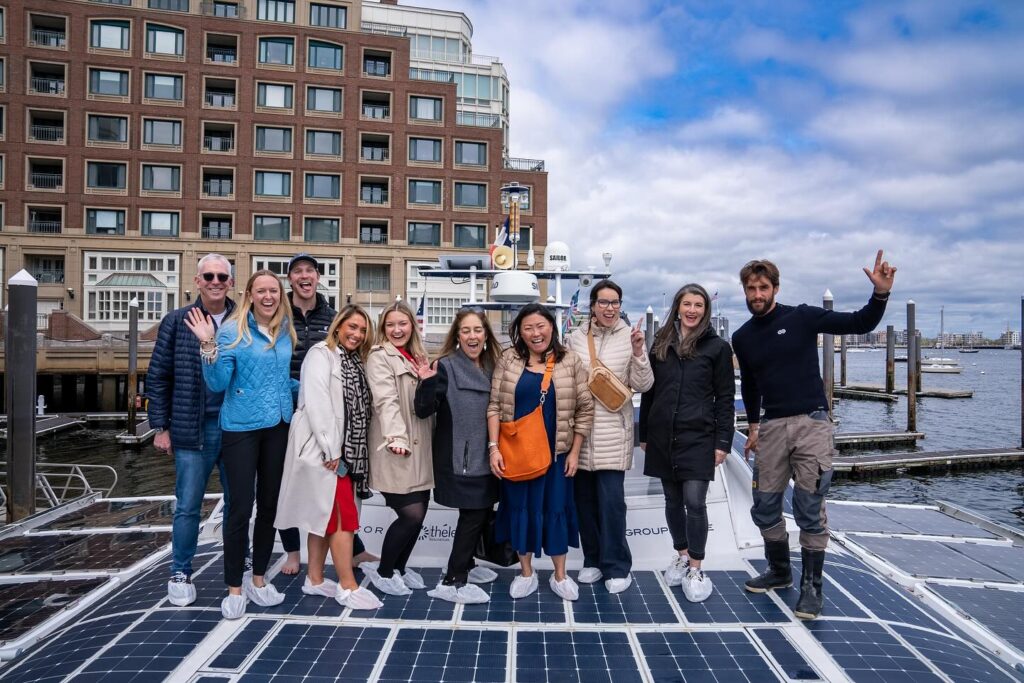
From Solar Panels to Ocean Wings: Inside the Energy Observer L’s Decade-Long Quest for Zero Emissions Photo Credits: Energy Observer
According to de Groot, the vessel has traveled widely covering New Caledonia, Hawaii, Indonesia, Singapore, Vietnam, Malaysia, India, and South Africa. Now the vessel is in the US. The boat has been well received in every port including the Arctic. The Energy Observer also uses wind power, but it doesn’t use traditional sails. Thus, a technology called “Ocean Wings” was first used by the EO (Energy Observer). Thus it became a pioneer in the field.
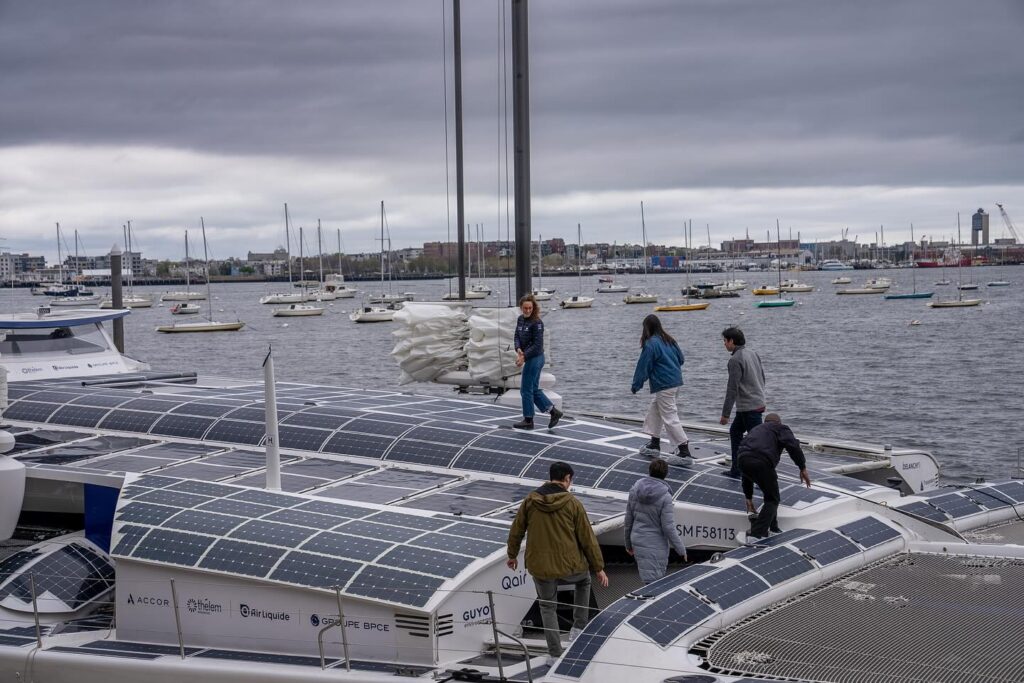
From Solar Panels to Ocean Wings: Inside the Energy Observer L’s Decade-Long Quest for Zero Emissions Photo Credits: Energy Observer
Lie Bourserie, onboard engineer, hits a switch and two wings raise up vertically from the boat towers. They are 10 meters or about 33 feet high. Easy to use, these wings are fully automated to capture wind. The wings can be operated even in rough weather. Ocean wings are about twice as efficient as traditional sails. Their rectangular profile doesn’t cast much shadow on the solar panels beneath. Electricity can be produced by the forward motion of the wings. Thus, the wings act as generators.
Similar Posts
The EO is planning to be in Paris for the Olympics in July. In short, the vessel named Energy Observer is carbon-free, as it is run with hydrogen, produced on board with the help of “ocean wings.” It can revolutionize maritime travel in the near future.
